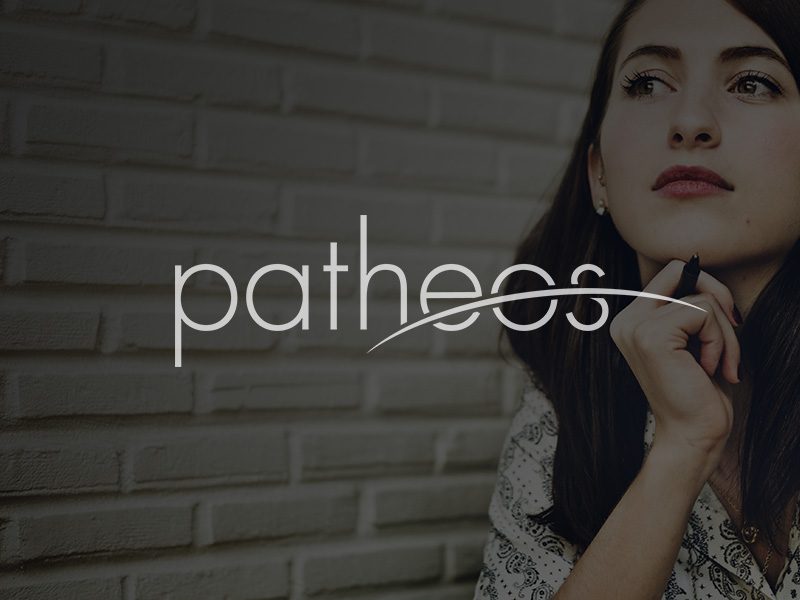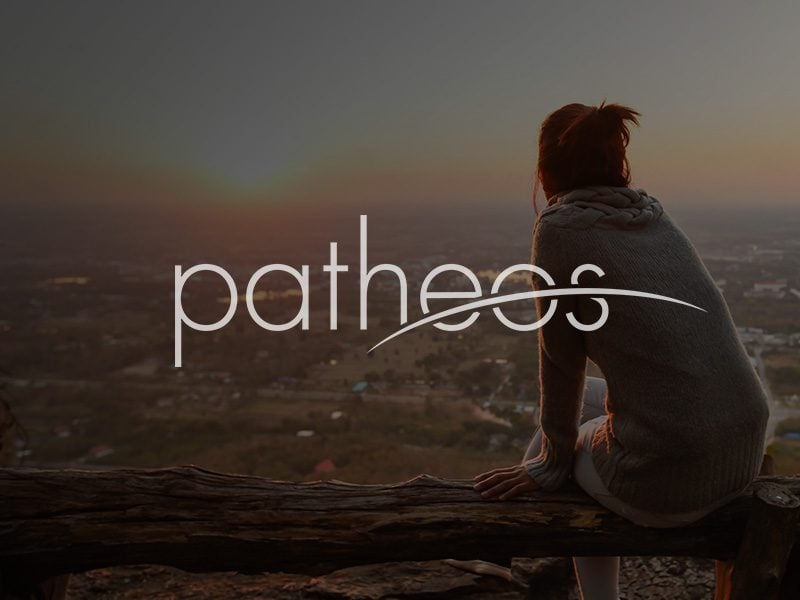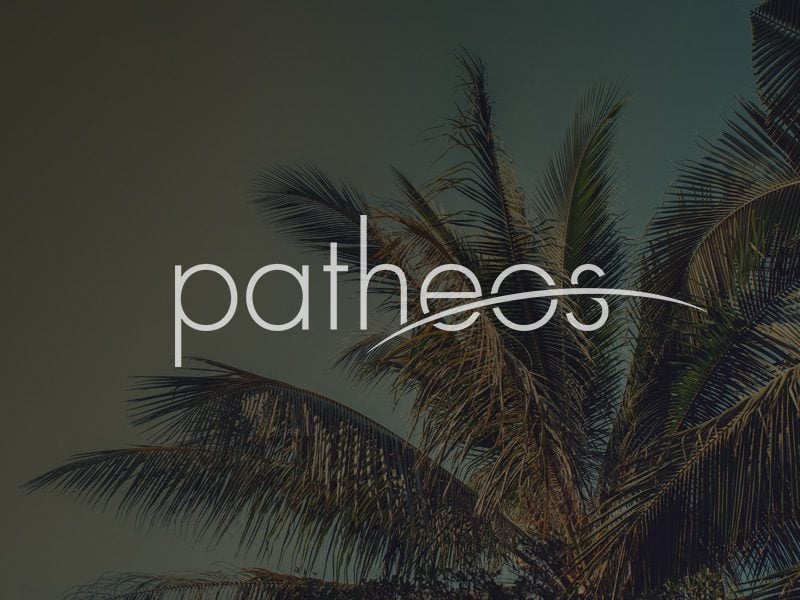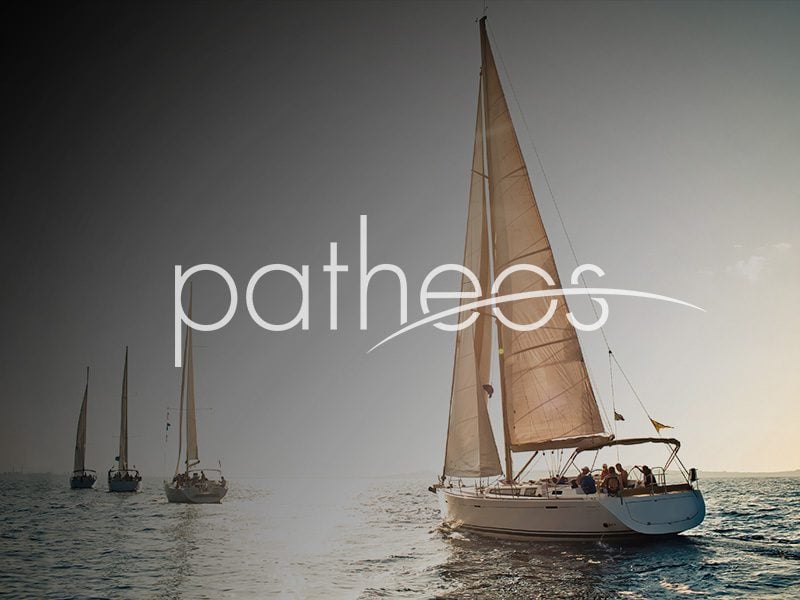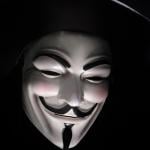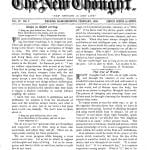David McKitterick ‘s Print, Manuscript and the Search for Order, 1450-1830 describes the move from manuscript to book as a gradual process rather than a sudden revolution. According to the reviewer in the TLS , McKitterick points out that books and manuscripts were not separated in library catalogues or apparently in people’s perceptions until the seventeenth century, when the printing press had been in use for two centuries. Further “There was no sudden break in the production of manuscript books... Read more

